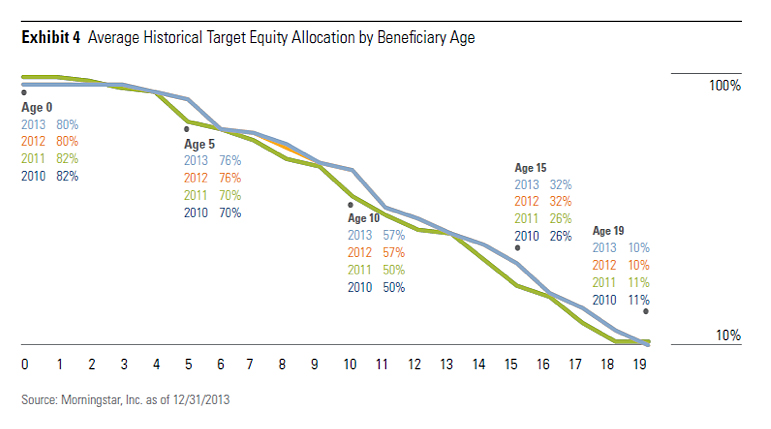I recently attended a 2-day training in Elder Mediation. Coming from a world in which we work with our clients on a regular basis to make sure estate planning documents are in place and up-to-date, I was alarmed to learn that less than 45% of the U.S. adult population has an active will or durable powers of attorney in place (2017 Caring.com Study). Unfortunately, when these documents are not in place, and the adult (at any age) becomes unable to make decisions for themselves, the court must appoint someone...and families aren’t always in agreement.
According to a 2013 AARP report, there was an estimated 1.5 million older adults with court-appointed guardians; record keeping in many constituencies is not accurate nor complete. A guardian is appointed to make medical and care decisions for someone who is unable to make decisions for themselves; a conservator is appointed to make financial decisions and handle financial affairs for someone who is unable to handle those duties on their own behalf. And if the family disagrees about who should be appointed to any/either of these roles, they can voluntarily seek mediation to resolve their differences or the court may order mediation. In many cases, a family member is ultimately appointed to these roles, but in some cases a third party is appointed to serve in these roles as ordered by the court, leaving the fate of the older adult in the hands of someone who doesn’t know them or their wishes well.
Doing the work now to get documents and plans in place can save you and your family unnecessary stress and anxiety in the future, and can help to make sure that the wishes you have for yourself and your future are carried out even if you are no longer the director of those decisions.
What action steps can you take now to make sure you maintain ultimate control over what happens to you if/when you can no longer make decisions for yourself?
To ensure that you have the ability to name who you wish to make decisions for you when it is time, I recommend taking the following steps:
1. Make sure you have up-to-date estate planning documents and review them often. The most important documents to have in place during your lifetime are Durable Powers of Attorney — General/Financial AND Health Care (also known as a Patient Advocate Designation). Additionally, you may want/need to have a Revocable Living Trust and a Will.
2. Consider drafting your Durable Power of Attorney documents as “Immediate” rather than “Springing”. Immediate Powers of Attorney allow your advocate to act on your behalf immediately or at any time that you need them to, while a Springing Power of Attorney generally requires two doctors to declare you incompetent to make your own decisions before your advocate can act on your behalf.
3. Be clear and specific about your wishes for your future medical care, personal care and handling of your financial affairs. Put things in writing and communicate your wishes to your family members and/or key people in your life. Consider a family meeting to discuss your future wishes and ensure that everyone is on the same page.
4. Plan ahead. It is never possible to plan for every contingency, but if you are able to plan for things that might happen (chronic health issues, incapacity, etc.), you and your finances can have a better chance of surviving. Document your plans and communicate them to those that may be in charge of handling your affairs in the future if/when you cannot.
5. Put a team in place before it becomes necessary. Make sure your financial planner, CPA, Attorney, any healthcare professionals and your family know your plan and your wishes and know one another so that they can carry out your plan when you might not be able to give clear directions.
If you or your family have questions or would like guidance on how to get these plans in place, please do not hesitate to reach out. We are always here to help!
















